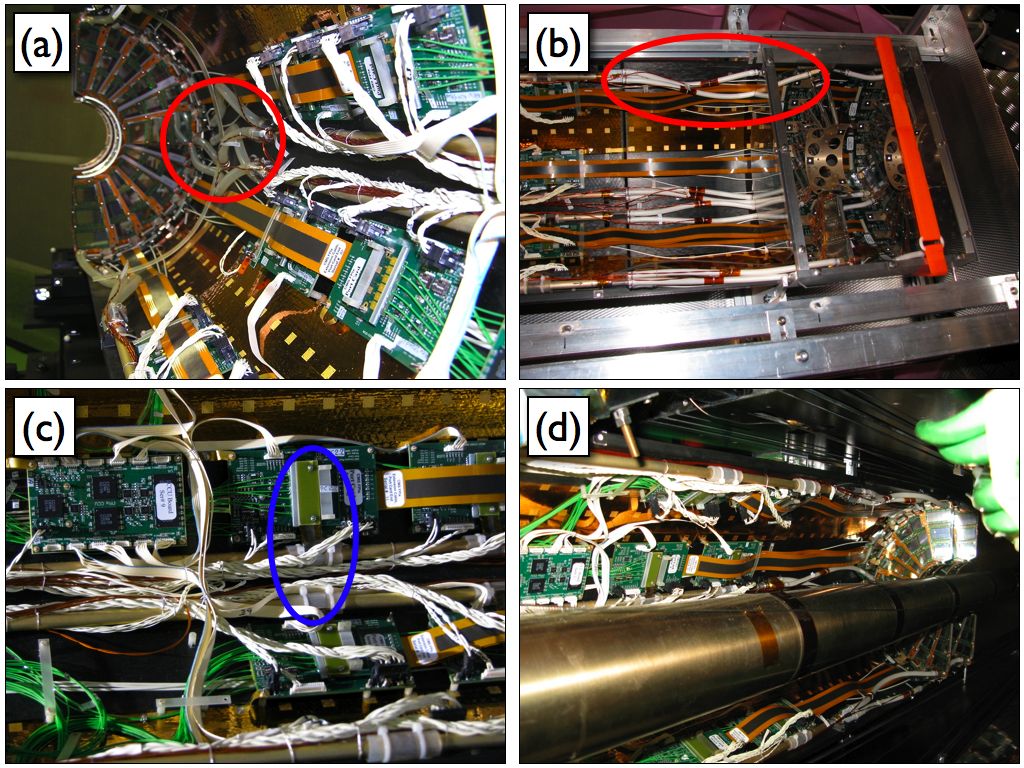
In July of last year we successfully inserted the pixel detector inside CMS and successfully integrated and operated it with the rest of the CMS detector during the CRAFT run. Despite the excellent detector performance some problems arose after installation and caused the loss of about 6% of the forward pixel (FPix) detector channels: a short circuit developed on a low voltage digital line about ten days after the CMS close-out and another short developed on a high voltage line a month later. The obvious thing to do was to take advantage of the long shutdown to remove the short circuits. At the same time we made some specific interventions to improve the robustness and stability of the FPix detector against the coolant pressure and temperature fluctuations. The repair work has now been successfully completed. The reason for the shorts has been fully understood and all possible measures have been adopted to avoid this problem happening again. The internal silicone tubes for the coolant have been replaced with more robust ones, which can withstand a pressure up to 10 bars (the old ones were rated to 1.7 bars only). Pyrolytic graphite ?cold fingers?, connected to the copper cooling pipes running along the services, have also been applied to the Analog Opto-Hybrid circuits, stabilizing their temperature by making them less sensitive to the environmental temperature fluctuations. The five-week time window available to perform the repair work was pretty tight but with a good level of organization and knowledgeable people involved in the effort we managed to stay within the assigned period of time. We fully recovered the channels lost because of the shorts and even made the system more robust. The FPix detector is now back in CMS with only ~0.6% of readout chips broken: one bad chip, corresponding to 0.02%, is completely unrecoverable and a set of 24 chips, corresponding to the remaining 0.56%, has temperature dependent performance. This experience reinforced our belief that every problem has a solution. We are now ready to recalibrate the detector at the final running temperature and, as soon as the LHC turns on again, to explore the unknown world that awaits.
- Log in to post comments

